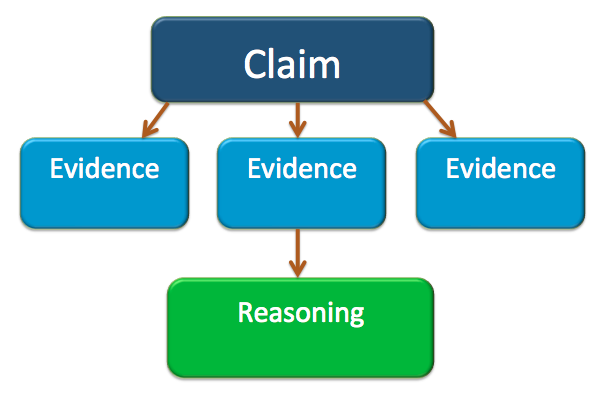Learn It
Claims, evidence and reasoning are the basic parts of writing a scientific explanation. When writing about a science topic, authors may be faced with a challenging question or problem that they must address. The claim answers the question or addresses the problem. The author must support the claim with evidence that is sufficient and relevant to the claim. The author must also include reasoning that adequately explains how the evidence supports the claim. A well-written explanation helps the reader better understand the topic.
Read the following excerpt from the Newsela article ”California tries one solution to water problems – treating seawater,”opens in new window and then watch the slideshow below to learn how to develop an explanation with claims, evidence and reasoning.
California tries one solution to water problems – treating seawater
1 Along this patch of the Pacific Ocean, construction crews nearly outnumber the surfers and sunbathers. Workers are busy assembling what some hope will make water scarcity a thing of the past.
2 They are building the Carlsbad Desalination Project. When it is completed, the huge plant will turn as many as 56 million gallons of seawater each day into drinking water for San Diego County. The project is expected to cost $1 billion.
3 The desalination plant is being built by Poseidon Water, a private company. Customers in the city of San Diego will help pay for the plant through their water bills, which could go up by $5 a month.
4 The building will house more than 16,000 reverse-osmosis membranes — salt filters, essentially. They will turn Pacific Ocean water into drinking water suitable for making coffee and watering lawns.
– Newselaopens in new window, December 4, 2014
Now, explore the following slideshow to learn how claims, evidence and reasoning are used in developing a written explanation. Keep in mind the excerpt that you read and make note of portions of the slideshow that confirm or contradict your own ideas related to the claims, evidence and reasoning in this portion of the article.















